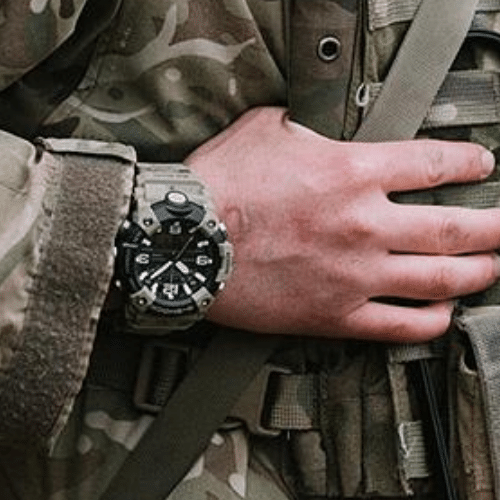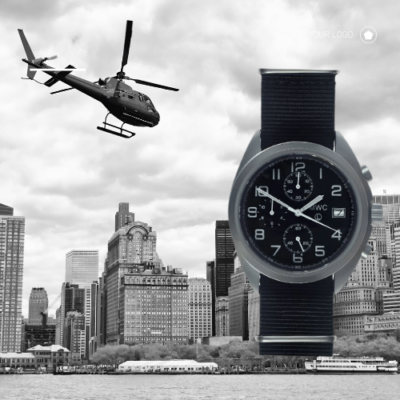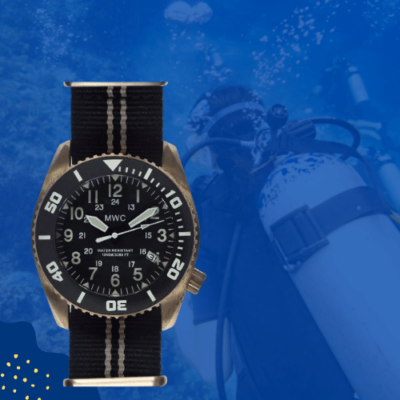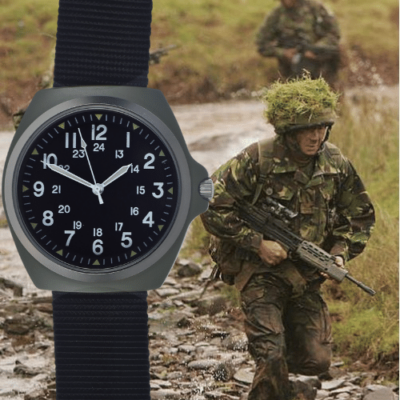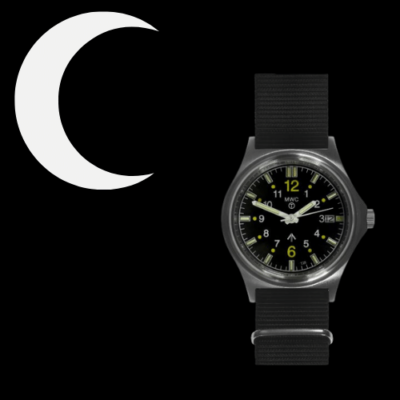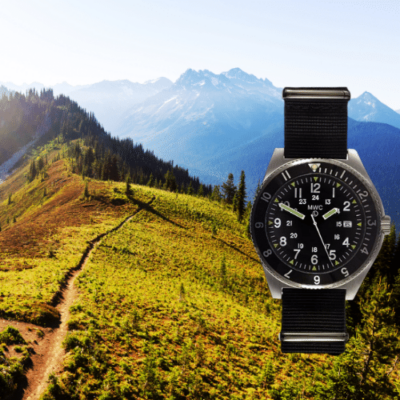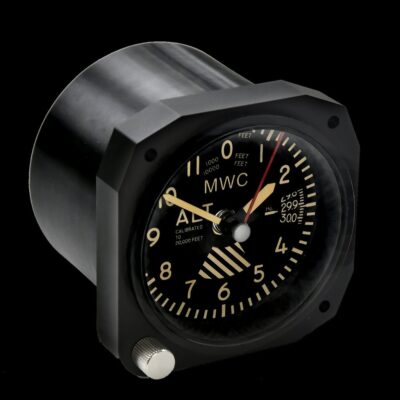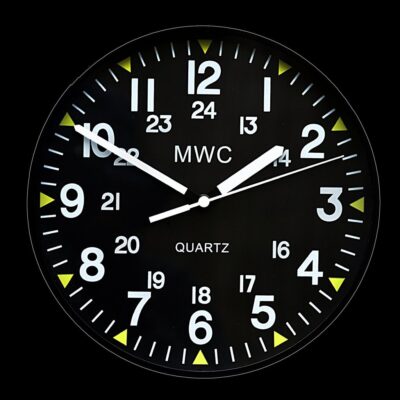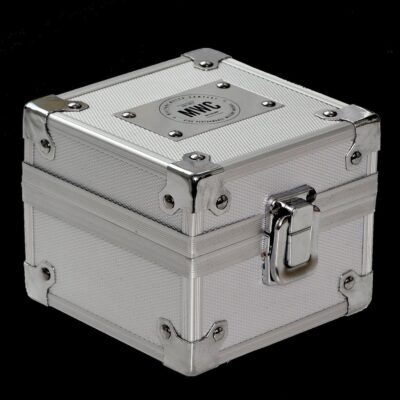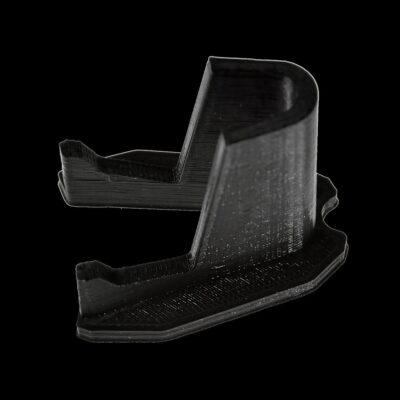News
Why the F-35 Can Crush Russia’s Su-35 at Long or Short Ranges – But Not at the Same Time
As the most capable widely fielded fighters relied on for air-to-air engagements by the Russian Aerospace Forces and the U.S. Air Force respectively, the Su-35S and F-35A have frequently had their capabilities widely compared, with their strengths and design philosophies differing drastically. Such comparisons have consistently pointed out the F-35’s particularly overwhelming advantage at beyond visual ranges due to its considerable sensor fusion capabilities and its stealth features, ensuring greater situational awareness in most likely scenarios while limiting Su-35 units’ awareness of its location. This is expected to more than compensate for the Su-35’s carriage of a much larger radar and unique integration of two secondary wing root radars. Within visual ranges the F-35 is expected to similarly retain an edge, as the fighter’s AIM-9X Block II infrared guided missile can engage targets at much higher off boresight angles than the Su-35’s R-74, while the stealth fighter’s distributed aperture systems ensure far greater awareness of possible threats and allow pilots to ‘look through’ their aircraft using their advanced helmets. The AIM-9X’s superiority in particular is expected to more than compensate for the Su-35’s superior flight performance.

While the F-35’s combination of advanced stealth and sensor fusion, and AIM-9X missiles, makes it a strong performance at all ranges, the fighter is seriously hindered by one significant design shortcoming – namely an inability to deploy visual range missiles while in stealth configuration. Unlike the other fighters of its generation the F-22, Chinese J-20 and Russian Su-57, the F-35 cannot accommodate the AIM-9X or an equivalent missile in its internal weapons bays, meaning if carrying the missiles it will not benefit from its stealth capabilities and its radar cross section will increase by orders of magnitude. As a result, F-35s in stealth configuration are some of the least capable fighters in the world in visual range combat, as without the AIM-9X they cannot engage targets without pointing their noses towards them. High off boresight targeting was pioneered in the Soviet Union, with MiG-29 fighters achieving this capability in the mid-1980s. Without this capability, even a Soviet era MiG-29 will enjoy a major edge in visual range combat over the F-35. The Su-35, which has a significantly superior flight performance to both the MiG-29 and the F-35, and which uses newer sensors and weaponry, would thus enjoy an overwhelming advantage if it reaches visual range combat with a stealth configured F-35.

Should the F-35 carry AIM-9X missiles externally, the fighter’s primary advantage over the large majority of potential adversaries would be lost. Adversary Su-35s would be able to engage at ranges several times as long as they would against a stealth configured fighter, while the Su-35’s higher missile payload and ability to launch missiles from higher speeds and altitudes would provide something of an advantage. If carrying the AIM-9X, the F-35 would likely be able to comfortably outperform the Su-35 in visual range combat, but at the price of seriously undermining its beyond visual range capabilities. A reason for this major shortcoming in the F-35’s air-to-air performance is that the fighter was not developed to be heavily depended on for air superiority missions, with its air-to-air capabilities having been intended to be primarily defensive. Major shortcomings with the F-22 air superiority fighter program, however, have led the F-35 to be relied to combat enemy fighters to a much greater extent than previously expected.

While the F-35 has been much maligned for its limited flight performance, which is much more constrained than those of other fifth generation fighters, the fact that its smaller airframe lacks the necessary weapons bays to accommodate visual range missiles is arguably a much more serious shortcoming. The fighter can be configured to dominate Russia’s newer fourth generation fighters like the Su-35 at either beyond visual range or visual ranges, but cannot be configured to be able to do both simultaneously. This remains a particularly serious shortcoming in the Pacific, where the F-35 is relied on to counter aircraft much more capable than the Su-35 such as the Chinese J-20A, which combines comparably advanced sensors, avionics and stealth capabilities, with a flight performance comparable to that of the Su-35, and an internal weapons carriage capability for PL-10 visual range missiles that are capable of engaging targets at high off boresight angles. Moreso than any other 21st century fighter class, it is of paramount importance for the survivability of stealth configured F-35s that they avoid visual range combat.

